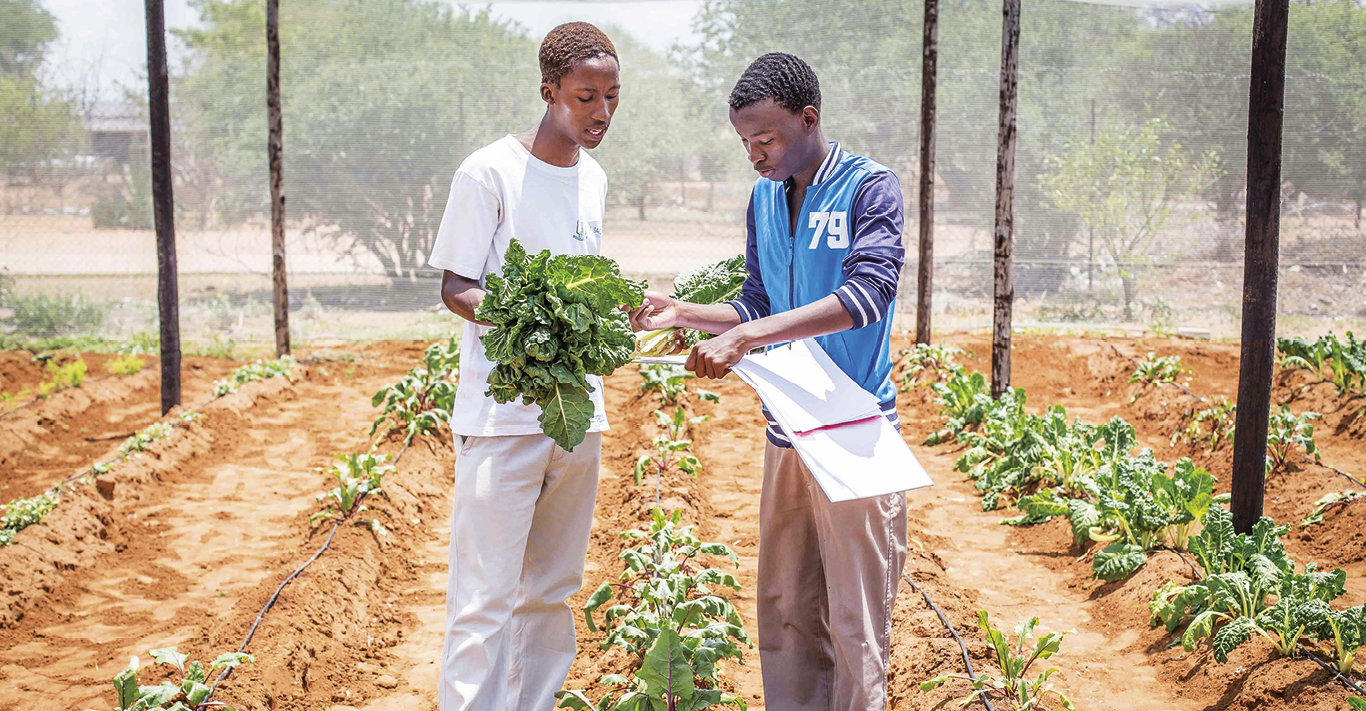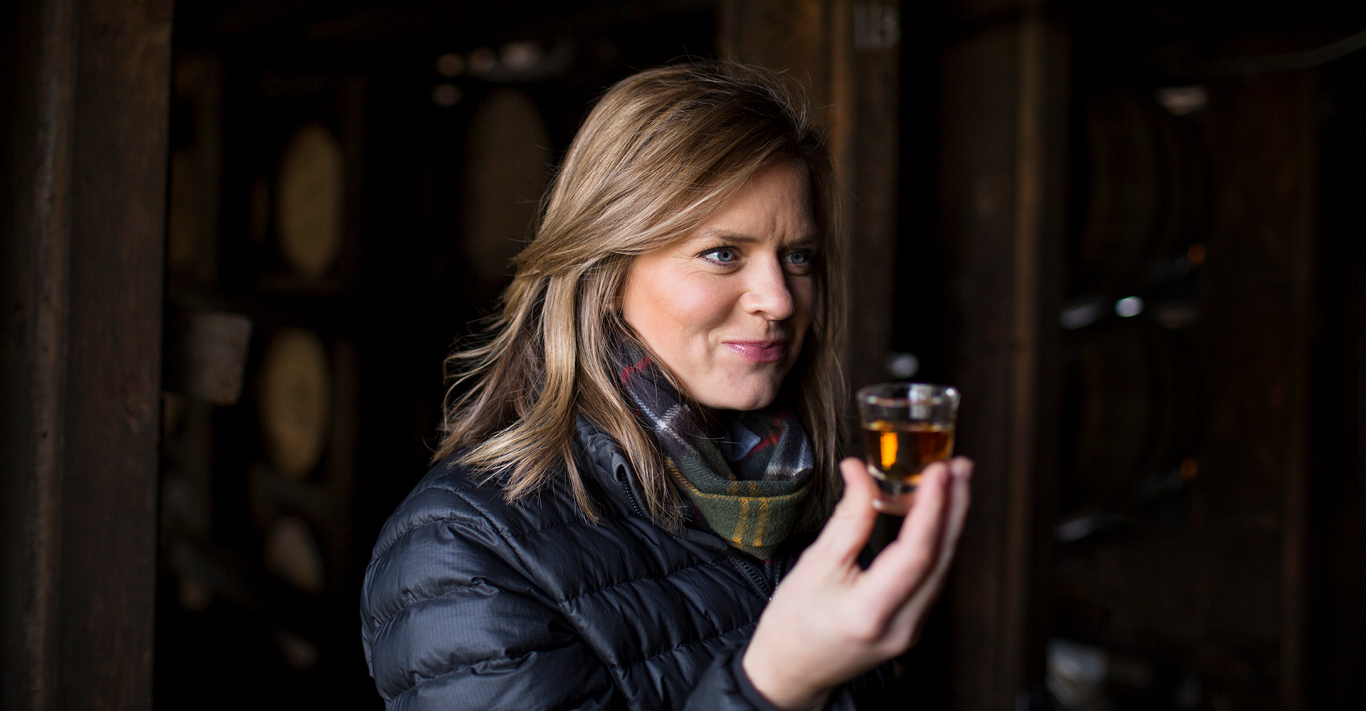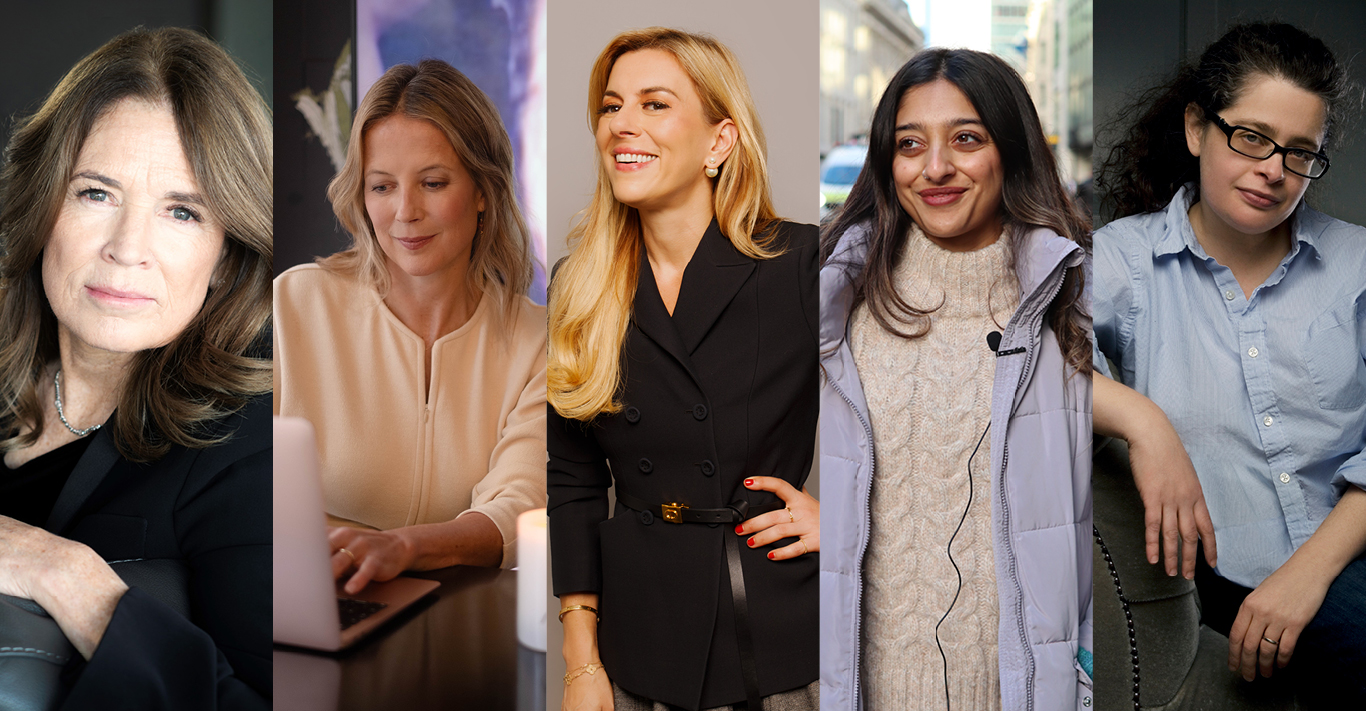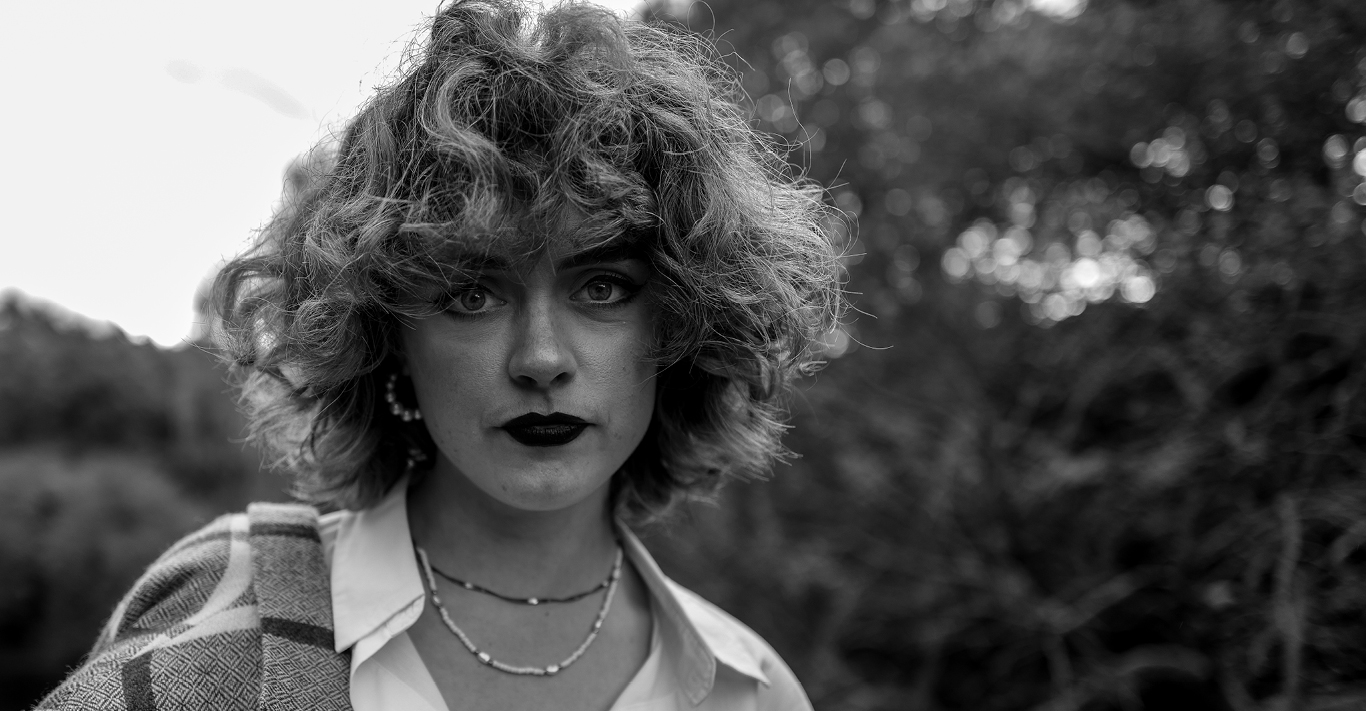WORDS
Rob Ryan
Although it has a fancy new initialism (CSR – Corporate Social Responsibility), the concept of a successful business giving back something to its workers, to society or to the planet in general has a history long before “sustainable” and “ethical” became watchwords in every corporate mission statement. Companies such as Sunlight Soap (owned by Lord Leverhulme, who built Port Sunlight for his workers), Morris cars (Lord Nuffield, who endowed hospitals and colleges), Wedgwood and Guinness all practised a form of “enlightened capitalism”, investing some of their fortunes into health, housing, libraries, art galleries, green spaces and restoration projects.
Of course these days CSR involves much more than the patrician instincts of a handful of self-made millionaires. Every major company is required to have a green strategy, a zero-carbon footprint ambition and an environmental impact statement. Some, however, including many in the luxury sector, do more than produce buzzword manifestos and instead target a percentage of their profits at local or global projects. How much? It varies widely, and some would prefer not to say, but Eric Berseth, CEO and managing partner of Philanthropy Advisors, which helps several brands with their CSR, has said: ‘It is not about how much you give, it is about how you give. You need to make sure you are working with the right partners and that the projects are well designed, well conducted and, most important, that it has a positive impact that is monitored.’
It is no secret, for example, that in the past the diamond industry has suffered from many flaws, especially in the historic treatment of workers and local communities, who often saw little of the wealth the gems generate. As well as signing up to the exacting De Beers Best Practice Principles Assurance Programme, which lays down rules forbidding conflict diamonds as well as ensuring workers’ rights and establishing environmental impact standards, the Graff diamond company has created The Facet Foundation. This focuses on partnering with local charities to deliver assistance to communities in the countries across southern Africa where it sources its core products. In Lesotho, for example, it is working with Help Lesotho, which has created a Leadership Centre in the town of Leribe, a grassroots project offering education in tackling HIV/Aids, gender equality and community leadership. A similar project is under way in Botswana. In South Africa, the focus is educating the children of farmers in the Western Cape, giving them access to computers, books, mobile libraries and organising after-school clubs.
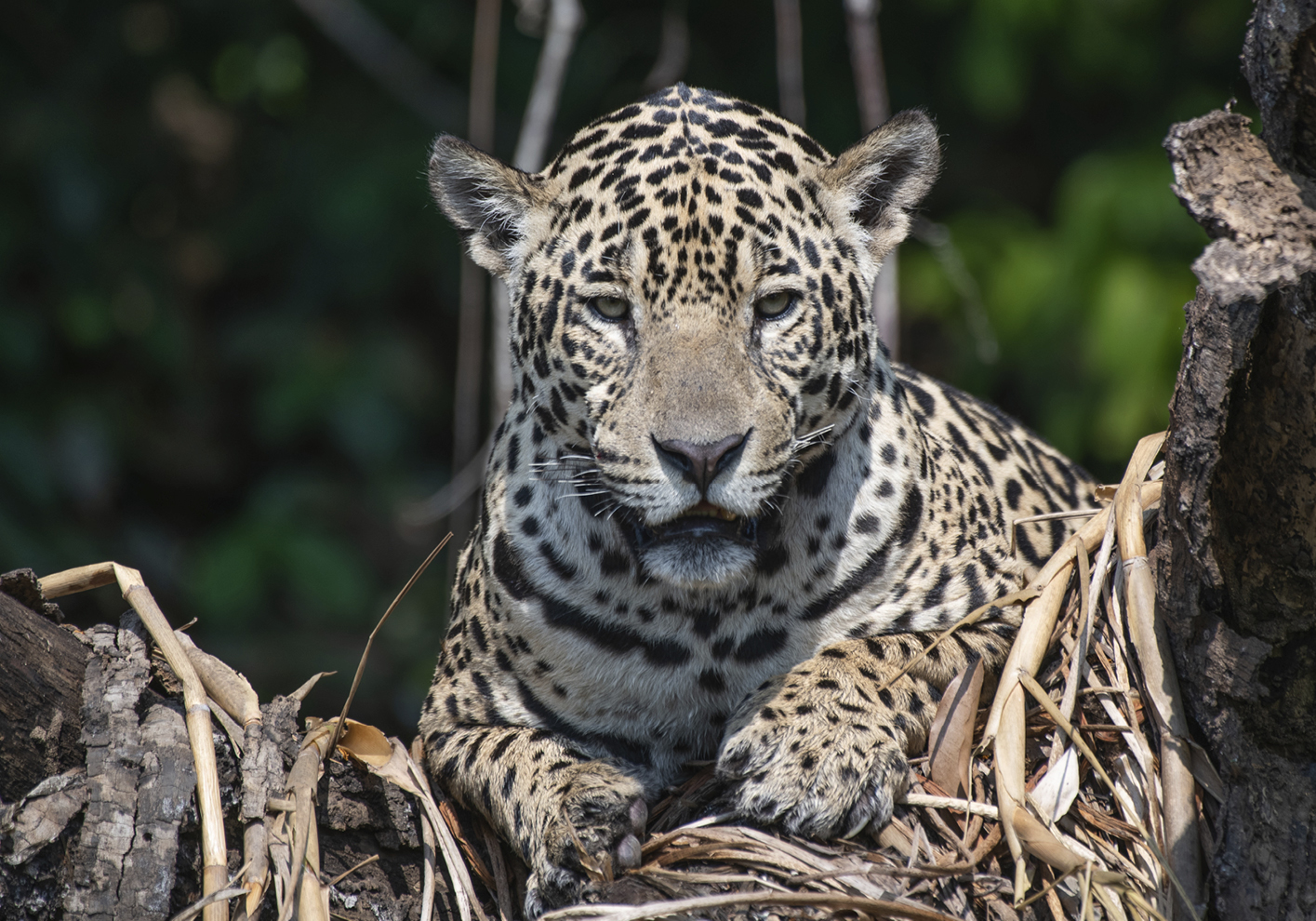
Like many jewellery companies these days, Tiffany & Co is also rigorous in its oversight of the sources for its gold and precious stones and earned praise from Human Rights Watch for its due diligence assessing conditions in its partner mines. The Tiffany & Co Foundation, which launched in 2000, has two main areas of investment: responsible mining and coral conservation. The latter has little to do with precious metal extraction but part of the foundation’s mission statement is to ‘preserve the world’s most treasured seascapes and landscapes’. It has donated more than $90m in grants over its lifetime, a proportion of which has supported projects to save coral ecosystems from the effect of human activity, including global warming. Its most recent breakthrough concerned the benefits of seeding probiotics on coral communities that apparently make them more resistant to bleaching. It’s heartening to know that a Tiffany engagement ring or an Elsa Peretti necklace might just help save the Great Barrier Reef.
Hermès has an interest in ecology, biodiversity and habitat preservation. Through its Fondation d’entreprise Hermès, founded in 2008, it has linked with the Institute for Sustainable Development and International Relations (IDDRI) to help create strategies for sustainable growth, and with the World Wildlife Fund to combat the illegal animal trade in Africa. Other projects include L’Atelier Paysan, a cooperative that educates farmers on traditional methods of animal husbandry and crop production.
Roman jewellery house Bulgari, while donating to the development of the AstraZeneca vaccination, has also concentrated on a specific partner – Save the Children. Since 2009, it has raised more than $50m for the organisation and helped fund 100 projects in 33 countries. Its elegant 10th-anniversary silver-and-ruby Save the Children necklace retails for £610 and a significant proportion of that goes to the charity, as does a percentage of its black ceramic and silver Save the Children ring (£430).
Similarly Chopard, which uses 100 per cent ethical gold, donates funds from the sale of part of its Happy Hearts collection to the Naked Heart Foundation, which supports disadvantaged children across Russia. The company is also active in many other areas, including monitoring the state of the glaciers in the mountains of Switzerland, with the aim of helping to preserve the iconic alpine landscape.
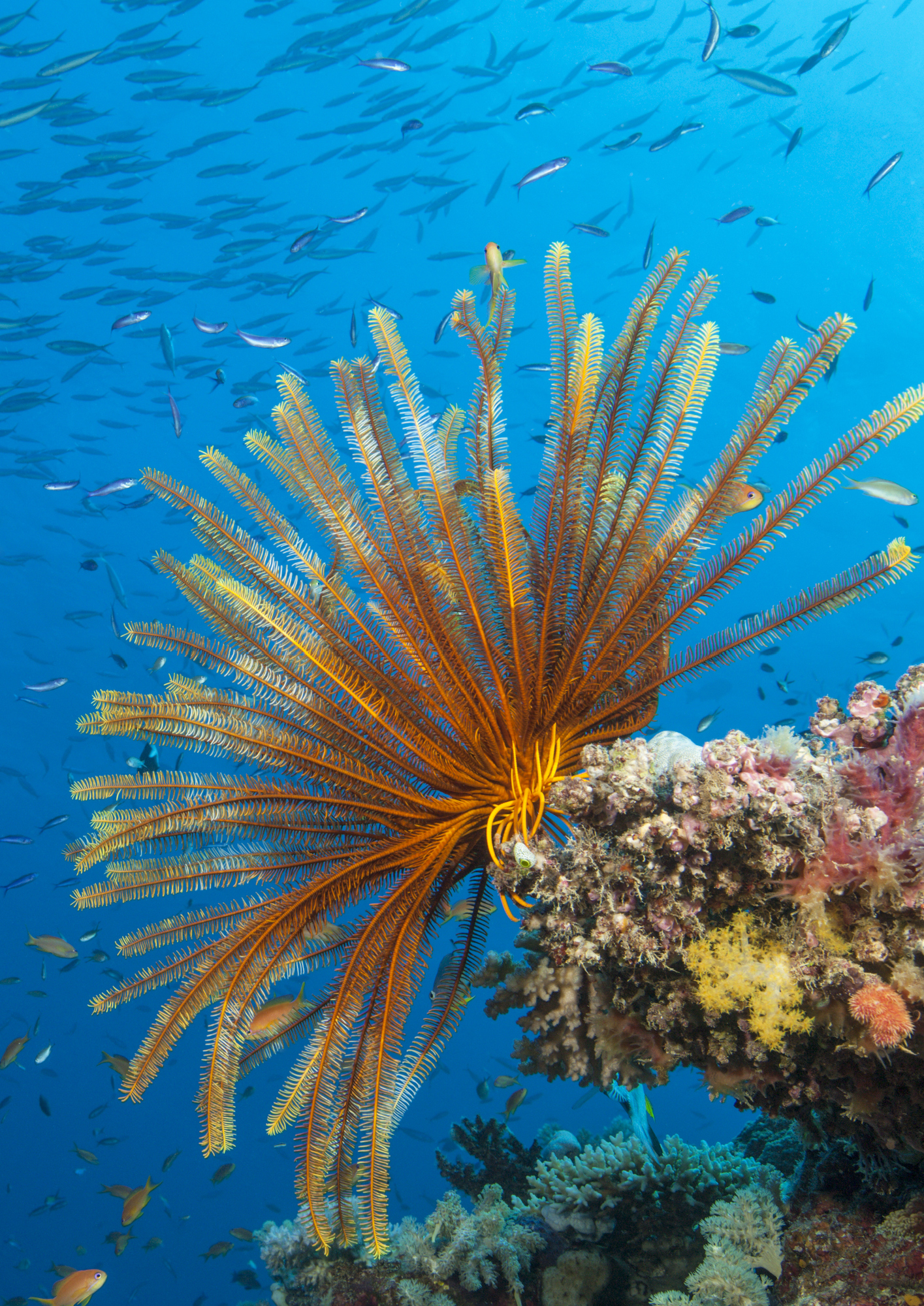
Back in the original version of CSR, some philanthropists used their money to make culture and arts available to all: Scottish-born Andrew Carnegie with his many libraries across the UK; Lady Lever, who created an art gallery in the Wirral, globally renowned for its collection of Pre-Raphaelite paintings; or American Henry Lee Higginson, who created the Boston Symphony Orchestra, for every music-loving citizen.
LVMH’s Fondation Louis Vuitton aims to echo these objectives. It is designed to ‘support contemporary French and international artistic creation and make art accessible to the broadest possible audience through a permanent collection, temporary exhibitions, commissions of artwork, as well as a diverse schedule of multidisciplinary events, with an emphasis on music’. It is housed in a magnificent (and environmentally efficient) Frank Gehry building in Paris’s Bois de Boulogne and its permanent collection includes works by Gerhard Richter, Ellsworth Kelly and Christian Boltansk. The current temporary exhibition (until Feb 2022) is the Morozov Collection of more than 200 Impressionist and Modern art works, culled from three state museums in Russia. The Foundation also sponsors a programme of concerts in a splendid auditorium within the building.
Cartier is similarly invested in the arts and also has a destination building in central Paris, this one a glass-and-steel construction by Jean Nouvel. Its main mission is to raise awareness of contemporary art, with the likes of Ron Mueck and Damien Hirst given exhibitions. Cartier, is also involved in many other initiatives including animal conservation, for example working with the Peace Parks Foundation (supported by Richemont, which owns Cartier alongside many other luxury brands, such as Montblanc, Dunhill and Buccellati) and the Panthera charity to help save the endangered leopard. One approach is to create synthetic skins, crafted by local people in Zambia and South Africa, to stop the hunting of these animals for their coats, often used in religious and cultural celebrations. It is also funds more traditional leopard conservancy projects in the Kavango Zambezi, a TFCA (a Transfrontier Conservation Area) which incorporates parts of Angola, Botswana, Namibia, Zambia and Zimbabwe. Peace Parks is dedicated to setting up and maintaining these TFCAs, which help co-ordinate the protection of wildlife across artificial man-made borders.
Fondation Chanel, which began in 2011, is focused on human issues – specifically gender equality. It works with 160 organisations to address discrimination against women and adolescent girls. It is involved in promoting female entrepreneurship in Jordan and Morocco, empowering marginalised young girls in India and offering business training to indigenous women artisans in Colombia, among many other schemes.
Kering, which includes Gucci, Balenciaga and Bottega Veneta among its houses, also has a foundation focused on women’s rights, with an emphasis on aiding victims of violence, including organisations in the UK (Glitch, Chayn, Rosa), China, Mexico, USA and France. It supports women’s refuges, education and leadership training and work-based initiatives such as the Starfish Project, which helps victimised women find jobs crafting “socially responsible” jewellery.
This is by no means a comprehensive list. Many companies in the luxury fashion and lifestyle business, including quite modest ones, fund projects close to their corporate hearts. Perhaps, before we buy that handbag, watch, jacket or scarf, we should check what that particular brand has done for the world lately. And if it involves the CEO going into space or living forever, move on. There’s more important work to be done.
tiffanyandcofoundation.org; facet-foundation. org; fondationdentreprisehermes.org; cartierphilanthropy.org; fondationchanel.org
Images: Getty Images/Reinhard Dirscherl


